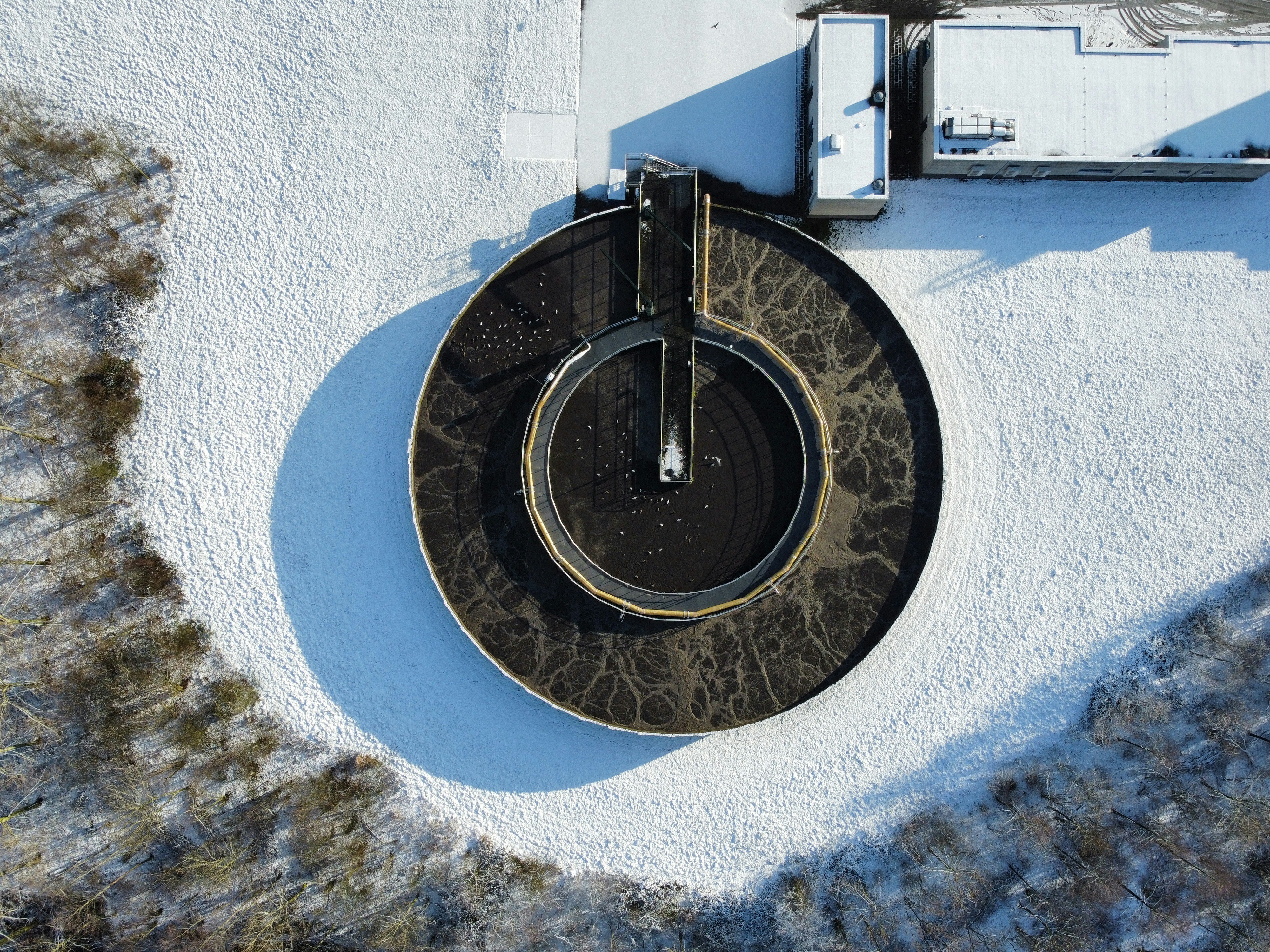Introduction to Water Purification Plants
Water is essential for life. Yet, not all water sources are safe for consumption. This is where water purification plants come into play. These facilities act as the guardians of our drinking supply, transforming potentially contaminated water into clean and safe resources we can trust. But how exactly do they work?
Understanding the inner workings of a water purification plant reveals an intricate process designed to ensure that every drop you drink meets health standards. From initial intake to final distribution, the journey of your drinking water involves several crucial steps aimed at removing impurities and safeguarding public health.
Let’s dive deeper into how these plants operate and why they are vital for communities everywhere.
The Process of Purifying Water: Step by Step

The water purification process begins with intake. Water is collected from rivers, lakes, or underground sources. This initial step is crucial for gathering the raw material needed for treatment.
Next comes coagulation and flocculation. Chemicals are added to the water to help particles clump together into larger aggregates called flocs. These dense clusters can then be easily removed.
Following this, sedimentation takes place. The heavier flocs settle at the bottom of a tank, leaving clearer water on top. This step significantly reduces impurities before further treatment.
Filtration is next in line, water purification plant where various filters remove remaining contaminants and smaller particles. Sand, gravel, or charcoal may be employed during this stage.
Disinfection ensures that any harmful microorganisms are eliminated. Chlorine or ultraviolet light is often used to provide safe drinking water ready for distribution to homes and businesses.
Types of Water Treatment Processes
Water treatment processes vary significantly based on the source and quality of water. Each method is designed to target specific contaminants.
Coagulation and flocculation are common initial steps. Tiny particles in water clump together, forming larger aggregates that can be easily removed.
Sedimentation follows. The heavier particles settle at the bottom of tanks, allowing clearer water to rise above for further treatment.
Filtration comes next, where sand, gravel, or specialized membranes cleanse the remaining impurities. This step ensures a higher level of clarity and safety.
Disinfection methods like chlorination or UV light kill harmful microorganisms. These techniques are crucial for ensuring biological safety in drinking water.
Advanced processes such as reverse osmosis provide additional purification by pushing water through semi-permeable membranes. It effectively removes dissolved solids and pollutants that might escape earlier treatments.
Each type plays a vital role in delivering safe drinking water from various sources across communities.
Factors Affecting the Quality of Drinking Water
The quality of drinking water is influenced by various factors. First, the source of the water plays a crucial role. Surface water often contains contaminants from agricultural runoff, while groundwater can be affected by industrial activities.
Next, environmental conditions are significant. Rainfall patterns and temperature fluctuations can alter contaminant levels in both surface and underground sources.
Human activity also impacts water quality. Urbanization leads to increased pollution through waste discharge and chemical use.
Additionally, infrastructure matters; old pipes may leach harmful substances into the supply, compromising safety.
Seasonal changes affect microbial growth in reservoirs or treatment facilities. Regular monitoring is essential to identify these variations and ensure safe drinking standards are maintained for all communities.
Importance of Regular Maintenance and Testing

Regular maintenance of a water purification plant is crucial for ensuring consistent water quality. Over time, equipment can wear out or become less effective due to sediment buildup and corrosion.
Routine inspections help identify potential issues before they escalate into major problems. This proactive approach not only saves money but also safeguards public health.
Testing the water at various stages of the purification process ensures that it meets safety standards. Water samples are analyzed for contaminants like bacteria, heavy metals, and chemicals.
Monitoring systems in place help track changes in water quality, allowing operators to adjust processes water purification plant supplier as necessary. Without this vigilance, even small lapses could compromise the entire system.
Regular maintenance and testing create a reliable framework for delivering safe drinking water to communities. It’s an investment in both infrastructure and public trust.
Comparison with Other Sources of Drinking Water
When considering sources of drinking water, municipal systems and bottled water often come to mind. A water purification plant plays a key role in ensuring the safety and quality of tap water.
Unlike bottled water, which can vary greatly in quality and cost, purified tap water undergoes rigorous testing. It is treated through various processes that remove contaminants.
Rainwater harvesting has gained popularity as an alternative source. However, this method requires careful management to avoid pollution risks.
Natural springs offer mineral-rich options but can be inconsistent in availability and purity levels.
Each source has its pros and cons, but the reliability of a well-maintained purification plant stands out for providing safe drinking water consistently throughout communities. Regular monitoring ensures that it meets health standards set forth by authorities.
Conclusion: Ensuring Safe Drinking Water for All
Access to clean and safe drinking water is a fundamental human right. Water purification plants play a critical role in fulfilling this need. By employing various treatment processes, these facilities ensure that the water we consume is free from harmful contaminants and pathogens.
The steps involved in purifying water are systematic and thorough, addressing everything from sediment removal to disinfection. It’s essential for communities to understand how these processes work, as well as the different types of treatments employed based on local conditions.
Moreover, factors such as environmental changes or aging infrastructure can impact water quality. Regular maintenance and testing at purification plants are vital for sustaining safety standards and keeping our drinking supply reliable.
While many people rely on bottled or alternative sources of drinking water, nothing compares to the rigorous standards upheld by regulated water purification systems. Understanding this not only emphasizes their importance but also highlights the ongoing commitment needed from both authorities and individuals alike.
Ensuring safe drinking water for everyone requires collective efforts toward maintaining high-quality standards across all sources of potable water. Through education, advocacy, and consistent monitoring, we can take proactive steps toward safeguarding public health now and into the future.










